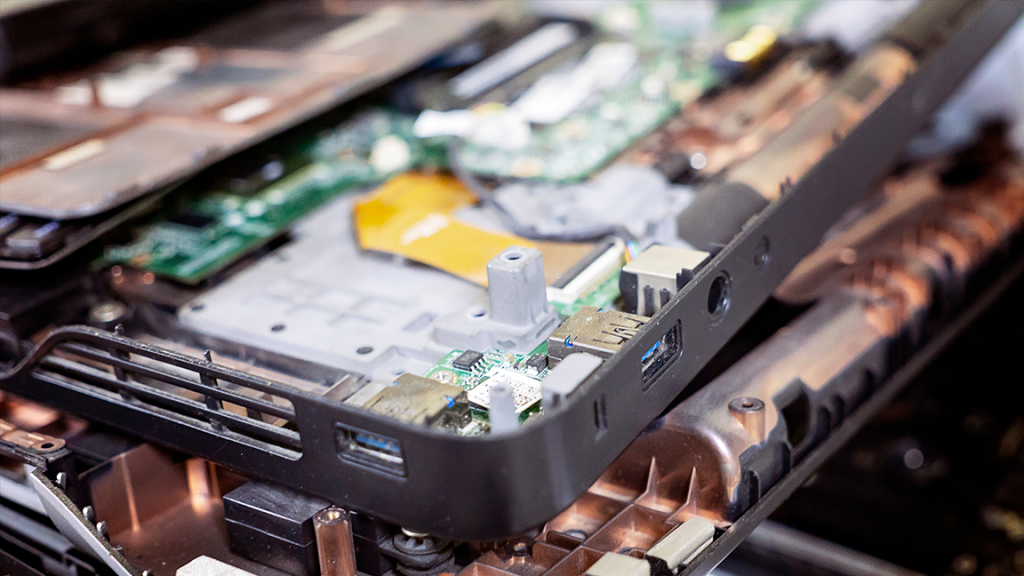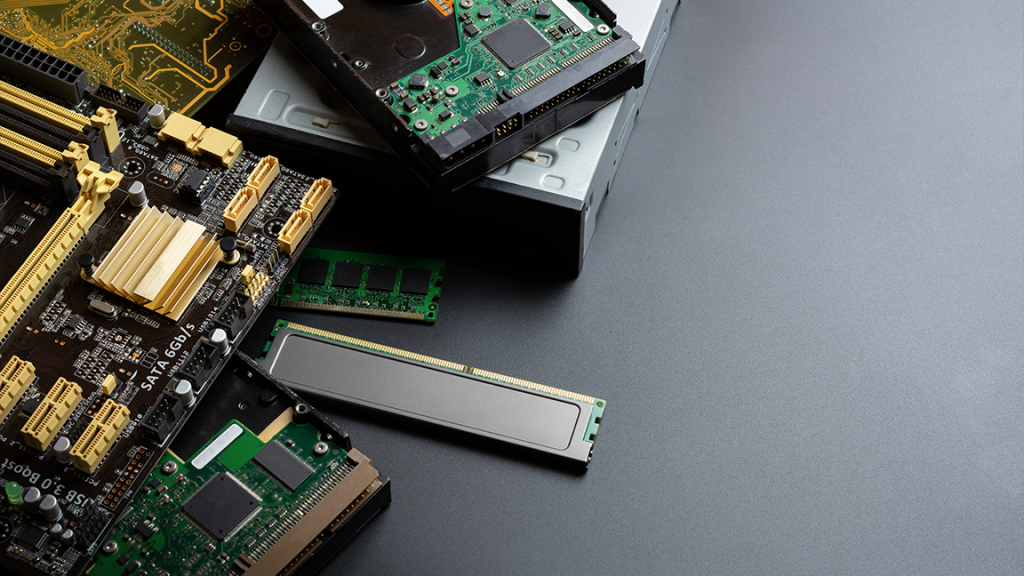Enterprise IT departments must ensure that technology drives the business toward its strategic objectives. Within this larger goal, the enterprise data center is just one of the many areas that IT departments are responsible for, but it has a significant impact on long-term performance and results.
Recent trends have thrust data center strategies into the spotlight as enterprises seek to optimize performance, costs, scalability, and agility. In response, many are consolidating or fully decommissioning their data centers. A recent Gartner report found that 85 percent of infrastructure strategies will integrate on-premises, co-location, cloud, and edge delivery options by 2025.
As enterprises grapple with how to best deploy their resources, decommissioning and tearing out the equipment from the data center is only part of the process. Most enterprises will need to migrate the applications, workloads, and systems somewhere. This article, based on our recent white paper, 5 Things Enterprises Should Know When Decommissioning a Data Center, will show why enterprises should start planning for migration before initiating a decommissioning project.
The Trends Driving Enterprise Data Center Strategies
Across industries, enterprises are re-evaluating how their data centers fit into their business goals. For example, the COVID-19 pandemic accelerated an already growing trend toward remote work. Suddenly left with empty office spaces and costly leases, enterprises began to reconsider whether they needed as much space, and, as a result, what they should do with their on-premises data centers, servers, and IT assets.
Similarly, the past decade has seen the rise of the cloud. The push to lower capital expenses on IT and critical infrastructure has been a driving reason for enterprises to decommission their data centers. Cloud infrastructure spending surpassed data center spending for the first time in 2020, and while not everything is suited to the cloud, the trend toward cloud infrastructure is expected to continue.
Finally, new technologies and performance requirements, including the Internet of Things, artificial intelligence, streaming content, and latency considerations are resulting in a redistribution of IT assets that places resources physically closer to where they are needed. Combined with regular refresh cycles, IT departments are upgrading their technologies, reducing technical debt, and ensuring that IT assets are aligned with the strategic objectives of the business.
Prepare to Migrate Before Decommissioning
Unless you are winding down and ceasing operations entirely, you’ll likely be migrating the workloads, applications, and systems from your enterprise data center to somewhere. This could be a public, hybrid, or private cloud service, a new wholesale co-location data center, or a new on-premises data center in a new location. For many, it may even be some combination of these approaches.
As we mentioned in our previous article, spending time during the planning phase of the project can mitigate the risk of serious challenges down the road. Before you start tearing out equipment, ensure that you have a clear plan that defines how you will migrate, where you will migrate to, and how you can minimize downtime and the impact on the rest of the business.
Do you require a forklift upgrade, can you migrate over the wire, or do you need to conduct a mirror upgrade? Your partner will be able to guide you through the best approach based on the reasons you are migrating and your unique circumstances to ensure you achieve the best results.
When building a new facility, ensure that all equipment is properly labeled, cable running lists are complete and accurate, and records and documentation are up-to-date and available. This is the chance to get things right and set the organization in the right direction going forward.
Mistakes made during migration can result in lost time, added costs, and ongoing repairs and maintenance long after a new site is up and running. Not only does this disrupt future operations, but it also drains critical IT resources and budgets away from other initiatives.
From Decommissioning to Ongoing Optimizations
Like technology in general, there is no such thing as finished when it comes to enterprise data centers. Once you’ve decommissioned your existing facility and migrated the applications, workloads, and systems, you should be looking forward to ways to deploy new IT infrastructure, enhance and optimize performance, and align technologies with business goals.
Even in new facilities, there are always opportunities to improve. Taking a lifecycle approach to technology and working with a trusted partner who has experience decommissioning and migrating enterprise data centers can mitigate the risk that something goes wrong and ensure that you fully benefit from your IT assets.
—
This article is part of a series on Decommissioning Enterprise Data Centers. To learn more about how you can mitigate risks and achieve a successful outcome, download our recent white paper: 5 Things Enterprises Should Know When Decommissioning




